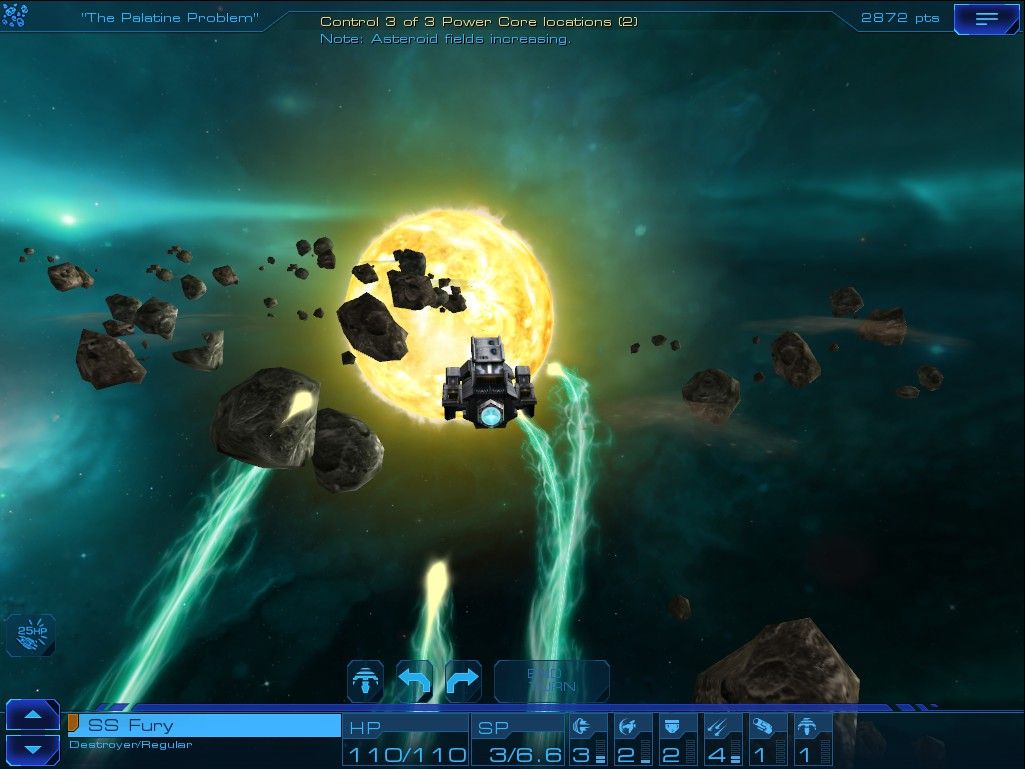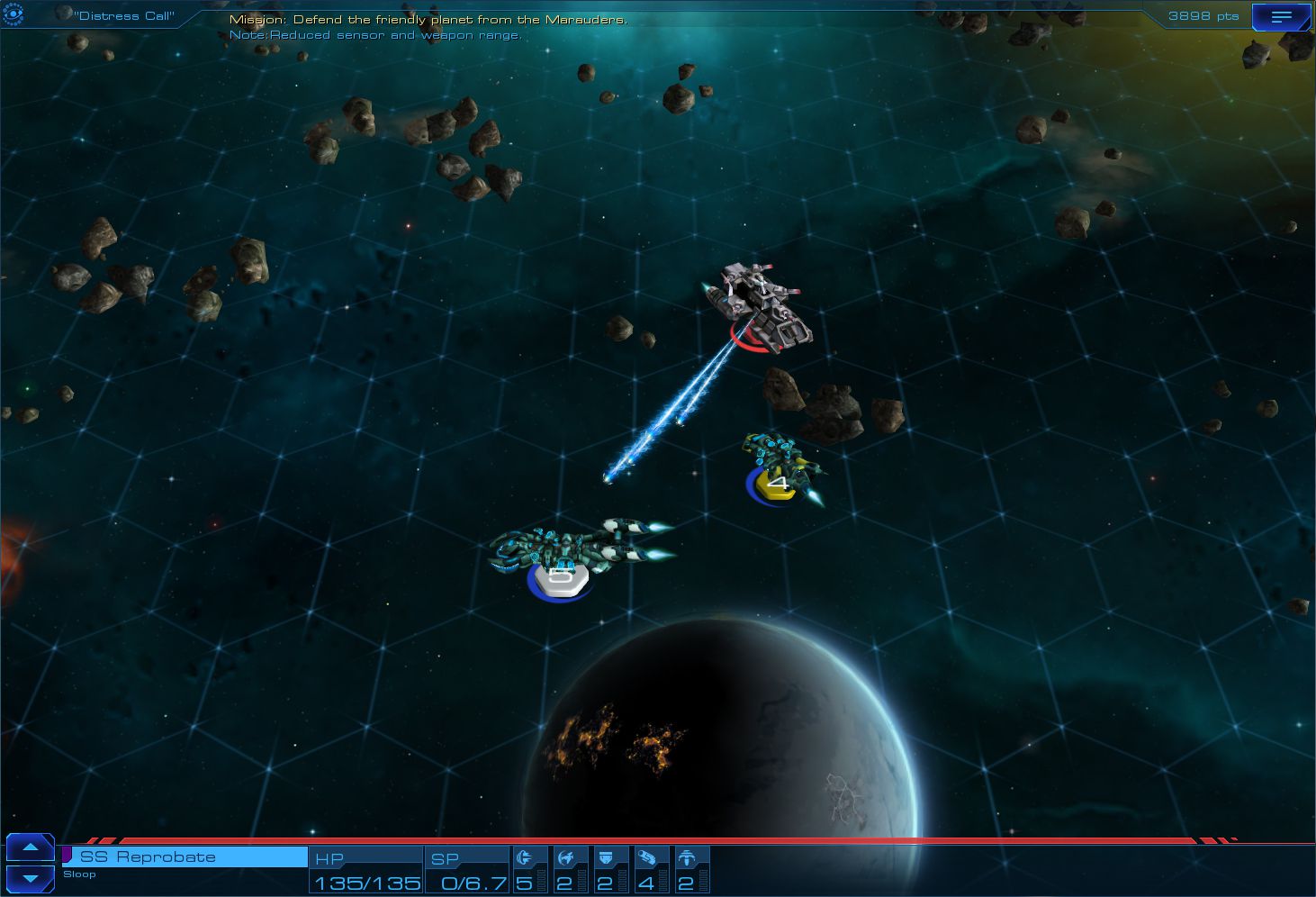

On both PC and iOS, the tactical map will rotate roughly 180 degrees. For instance, it's not possible in my experience to move two ships onto the same space on the iPad, while on the PC it's a great way to double dip on close-quarters shots to your enemy's rear. The game runs smoothly on my tablet, and the strange formatting of the in-game encyclopedia entries and help screens makes much more visual sense when viewed there, but the controls are finicky. Perhaps some of the issues with graphical variety stem from Starships launch on PC and iPad simultaneously. Blink and you'll miss a doomed ship vibrating for a few seconds, and then simply vanishing. In fact, it's often hard to tell if you've damaged a ship or destroyed it because the visual effects are so similar. But in reality, there's only three basic themes to build from and they get a little old after a few playthroughs.Īdditionally, the game is very lightly animated. Load a third up with fighters and extra engines and create a mobile flanking force to clean up any stragglers.Īs you modify them, your ships begin to develop their own unique look on in the turn-based tactical battles. Fill a second ship with torpedo tubes and cover it with shields and you have a cruiser able to keep the enemy at arm's length with a moving screen of high explosive. You can pile armor and cannon onto one ship to create a tank capable of breaking enemy lines.

The depth of ship customization, while it doesn't extend to actual ship names, is satisfying. In this way you can build out different ships in your fleet for different tasks. The more wealthy your empire is, the more you're able to customize your starships by combining modules for engines, shields, lasers, sensors and stealth. The meat of the game is found in growing your fleet.Įvery action, from founding new cities on distant worlds to building the Civilization series' trademark wonders, contributes to the strength and flexibility of your battle fleet. It toys with ideas found in more complex 4x games, like exploration, tech trees and resource management, but to its benefit it does not linger on them. Regardless, play moves quickly at the strategic level, and before long the galaxy is locked down into a number of warring factions - yours included - vying for total domination.Įverything in Starships seems to move quickly, and that's because the game is a very narrow experience. While there's some variety to these early-game missions, in my experience there was a fair bit of repetition even within the same game. Should you succeed in that mission, you can begin to bring that world into your society's sphere of influence. Once you show up in orbit you're quickly embroiled in a unique, turn-based tactical mission which plays out like the climax of an episode of Star Trek complete with a hasty briefing from your first officers on the bridge. Each neighboring world has their own desperate needs, and each it seems want your help fighting off pirates or an advanced artificial intelligence that has gone rogue. Players take the role of admiral, leading a fleet of mighty warships on a journey from planet to planet.

But your noble, humanitarian mission quickly turns into a military one in the game's opening cinematic.


 0 kommentar(er)
0 kommentar(er)
